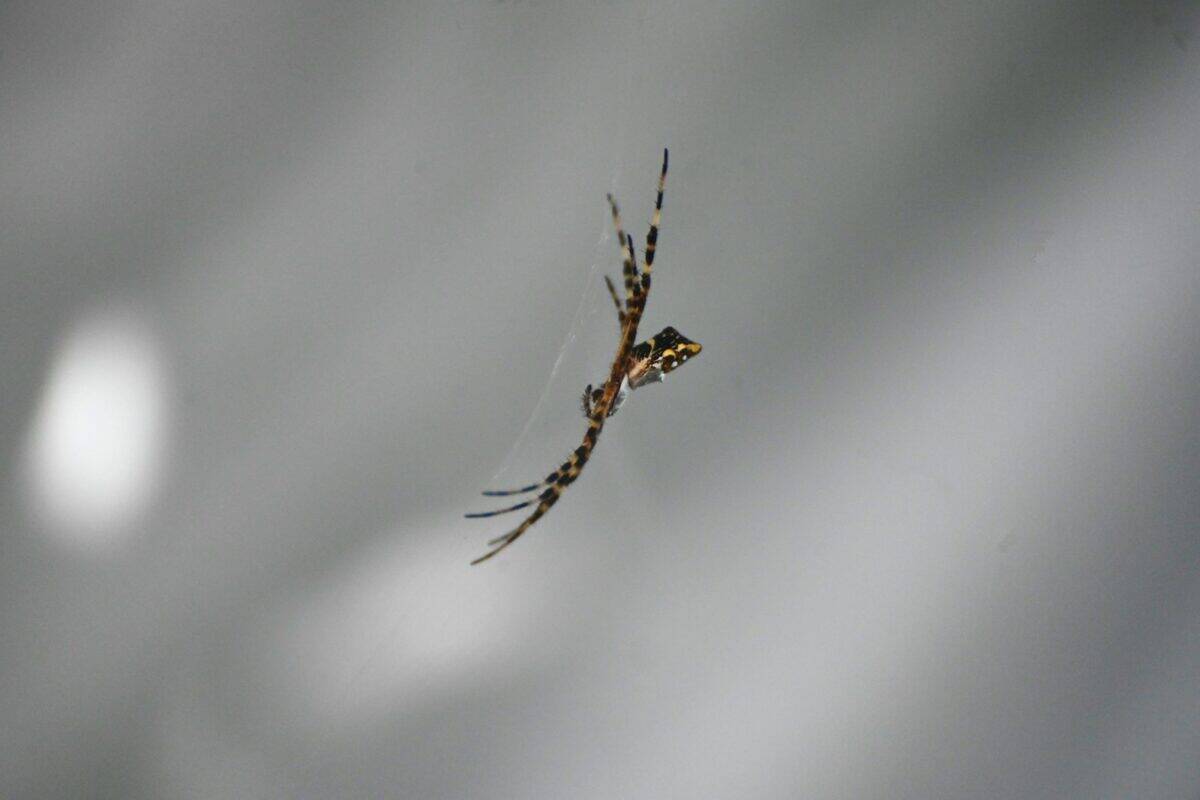Australia is renowned for its unique wildlife, from kangaroos to koalas, but perhaps one of the most bizarre natural phenomena associated with the Land Down Under is “spider rain.” This peculiar occurrence, where spiders seemingly fall from the sky, has captivated and terrified people worldwide. While it sounds like something from a horror movie, this phenomenon has scientific explanations and occurs more frequently than you might imagine. In this article, we’ll explore the fascinating world of spider rain in Australia, examining the science behind it, the species involved, and what to do if you ever find yourself beneath a shower of eight-legged arachnids.
The Phenomenon of Spider Rain Explained

What appears to be “raining spiders” isn’t actually spiders falling from clouds like raindrops. Rather, it’s a mass aerial migration technique called “ballooning.” During this process, spiders release fine silk threads into the air, which catch on the breeze and allow them to be carried away. When environmental conditions are just right, thousands or even millions of spiders may balloon simultaneously, creating the illusion of spiders raining from the sky. While this phenomenon occurs worldwide, Australia’s climate and vast open spaces create perfect conditions for particularly spectacular displays that have been documented numerous times throughout the country’s history.
The Science Behind Spider Ballooning

Spider ballooning involves sophisticated use of silk and atmospheric conditions. Spiders climb to high points like treetops, fence posts, or tall grass, then stand on tiptoe in a position called “tiptoeing.” They release silk threads from their spinnerets, which are caught by even the slightest breeze. When enough silk has been released and sufficient lift generated, the spider lets go and is carried away by the wind. Recent research has revealed that spiders don’t merely rely on wind — they can detect the Earth’s electric field and use electrostatic forces to enhance their flight. This explains how spiders can balloon even on seemingly windless days, as the electric field between the Earth and the atmosphere provides additional lift for their silken “parachutes.”
Common Spider Species Known for Ballooning in Australia

While many spider species can balloon, certain types are more commonly associated with mass ballooning events in Australia. Young spiderlings of the Huntsman species (family Sparassidae) frequently engage in ballooning to disperse from their hatching site. Garden orb-weavers (family Araneidae) are also regular ballooners. However, the most spectacular ballooning events often involve money spiders or sheet-web spiders (family Linyphiidae). These tiny arachnids, usually only a few millimeters in size, can balloon in such enormous numbers that they create what Australians sometimes call “angel hair” — vast sheets of gossamer silk that can blanket entire fields, trees, and even buildings. Despite their sometimes intimidating appearance in large numbers, the vast majority of these ballooning spiders are harmless to humans.
Weather Conditions That Trigger Mass Ballooning

Specific weather conditions are necessary for mass ballooning events to occur. These “spider rains” typically happen after periods of wet weather followed by warm, clear days with light winds. The rain provides abundant food for spiders, allowing their populations to boom. When favorable weather arrives, many spiders simultaneously take to the air in search of new territories. Temperature inversions, where warm air traps cooler air near the ground, can create ideal conditions for ballooning spiders to remain airborne for extended periods. Climate change may be affecting the frequency of these events, with some researchers suggesting that more extreme weather patterns could lead to more dramatic and frequent spider rain occurrences in Australia’s future.
Historical Accounts of Spider Rain in Australia

Spider rain has been documented in Australia since European settlement began. Early colonists were often terrified by the sight of fields covered in silk and spiders seemingly falling from clear skies. In 1914, a particularly notable event in Wagga Wagga saw thousands of small black spiders descend on the town. More recently, in 2015, residents of Goulburn in New South Wales experienced a spectacular spider rain event where millions of tiny spiders fell from the sky, covering homes, vehicles, and fields with silk. Local newspapers reported that the phenomenon was so intense that some residents initially thought it was snowing. Indigenous Australian cultures have long recognized these events, with various Aboriginal stories explaining the phenomenon through their traditional knowledge systems and Dreamtime stories.
How Far Can Ballooning Spiders Travel?

The distances achieved by ballooning spiders are nothing short of remarkable. Under ideal conditions, spiders can travel hundreds of kilometers through the air. Research has found that ballooning spiders can reach altitudes of up to 4.5 kilometers (14,764 feet) and maintain flight for days at a time. This impressive mobility explains how spiders are often among the first creatures to colonize new volcanic islands and other isolated habitats. Charles Darwin himself documented spiders landing on the HMS Beagle while it was 60 miles offshore, demonstrating their incredible aerial capabilities. In Australia, ballooning spiders have been known to travel from the mainland to offshore islands and even between different regions of the vast continent, helping to maintain genetic diversity among spider populations.
The Ecological Importance of Spider Ballooning
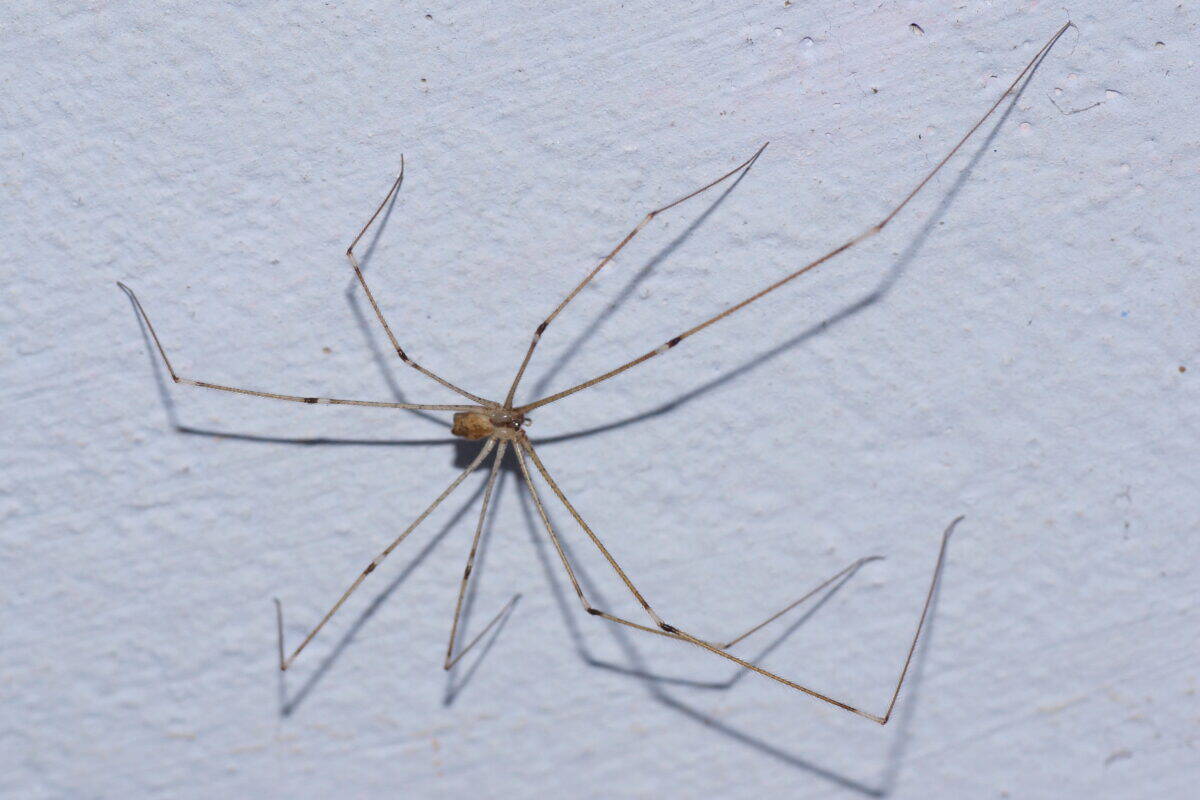
Far from being merely a curiosity, spider ballooning serves critical ecological functions. This method of dispersal helps prevent overcrowding in spider populations and reduces competition for resources. It allows spiders to colonize new areas, including recently disturbed habitats like fields after floods or forests after fires. As efficient predators, spiders play a crucial role in controlling insect populations, making them valuable for agriculture. Australian farmers often welcome spider rain events, recognizing that the arriving arachnids will help control crop pests. Scientists estimate that spiders consume between 400-800 million tons of insects globally each year, highlighting their importance as natural pest controllers. The silk left behind after mass ballooning events also contributes to soil nutrients when it eventually decomposes.
Human Reactions and Cultural Impact
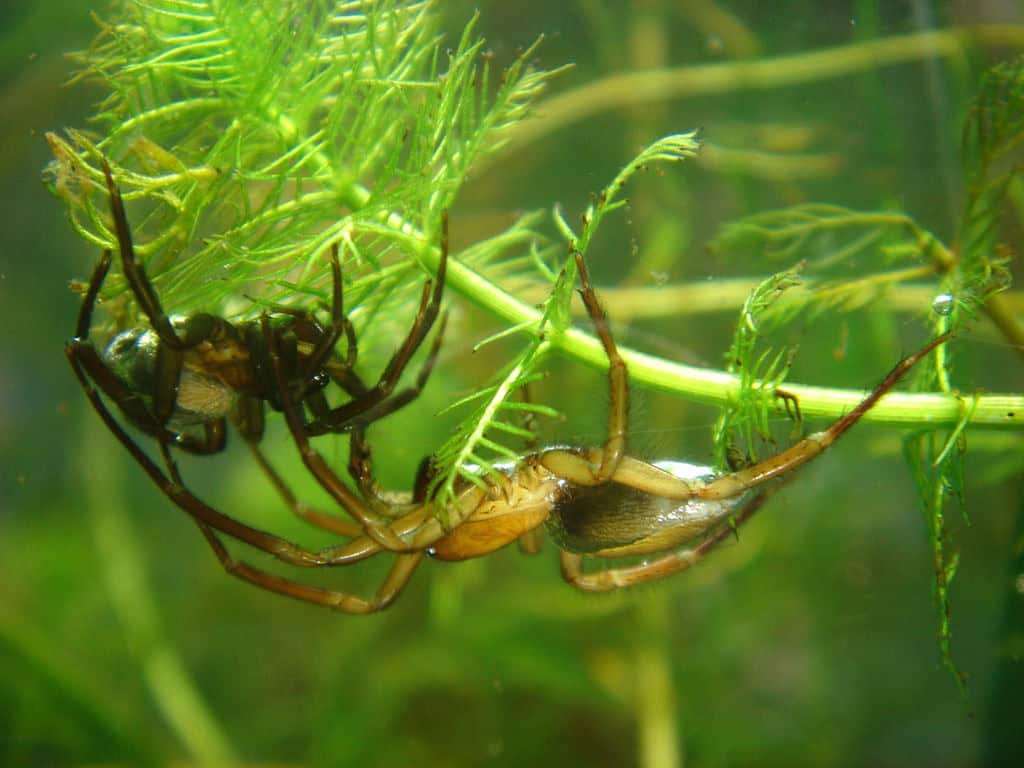
Human reactions to spider rain range from fascination to terror. For arachnophobes, few natural phenomena could be more nightmarish than spiders descending from the sky. These events sometimes generate significant media attention, contributing to Australia’s reputation for dangerous and unusual wildlife. Some Australian communities have embraced the phenomenon, with towns like Wagga Wagga occasionally hosting “Spider Festival” events when conditions suggest ballooning might occur. Artists and writers have drawn inspiration from these events, incorporating them into literature, paintings, and other cultural expressions. In recent years, viral videos and social media posts of Australian spider rain have captivated global audiences, though some depictions exaggerate the danger posed by these mostly harmless arachnids.
What to Do If You Experience Spider Rain
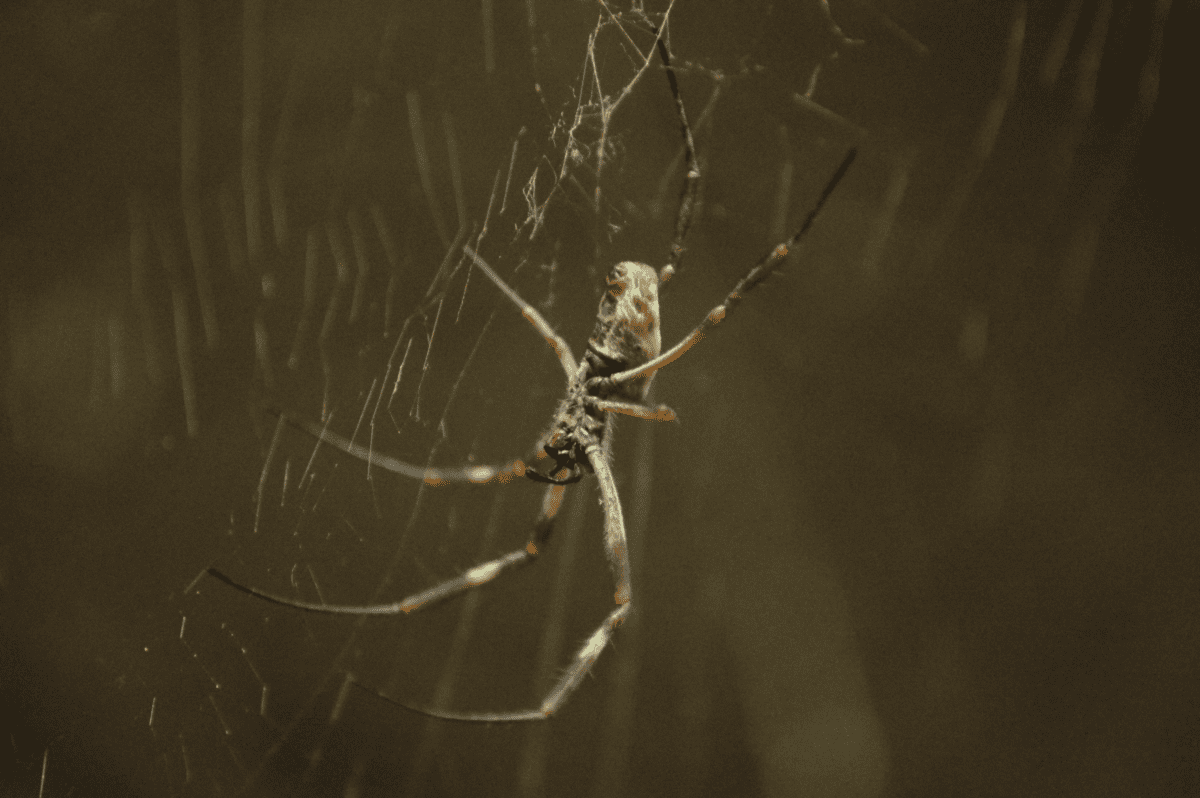
If you find yourself under a spider rain in Australia, there’s no need to panic. The vast majority of ballooning spiders are tiny and harmless to humans. Remain calm and, if possible, seek shelter indoors until the event passes. If significant silk accumulates on your property, you can remove it with a broom or hose it away with water. Avoid using insecticides in response to spider rain, as this can harm beneficial insects and disrupt the ecosystem. Remember that these spiders provide free pest control services and will naturally disperse within days. If you’re driving when spider rain occurs, use windshield wipers and washer fluid to maintain visibility, and consider pulling over if the silk significantly obscures your view. For those interested in observing this natural wonder, binoculars and cameras with macro capabilities can provide fascinating views of this remarkable phenomenon.
Similar Phenomena Around the World
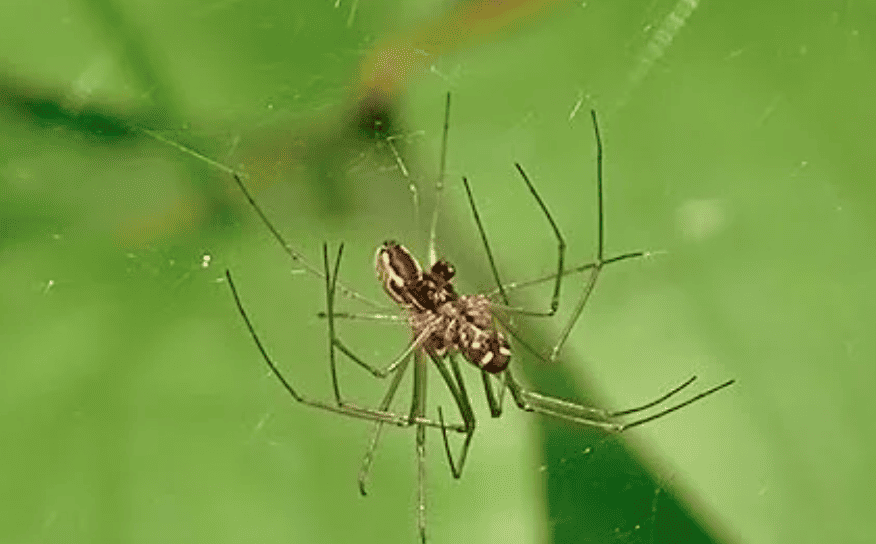
While Australia’s spider rain events are perhaps the most famous, similar phenomena occur worldwide. In 2013, residents of Salta Province in Argentina experienced a significant spider rain event. Parts of Brazil periodically see mass ballooning of spiders, particularly during humid summer months. In the United States, fields in North Carolina and Tennessee have been documented becoming covered in spider silk after mass ballooning events. The Southern Alps in New Zealand occasionally experience “gossamer days,” when ballooning spiders and their silk fill the air. What makes Australia’s events particularly notable is their frequency and scale, which is attributed to the continent’s unique climate and expansive open landscapes. The relatively isolated nature of Australia has also allowed for the evolution of spider species particularly adept at ballooning as a dispersal strategy.
Scientific Research and Future Studies
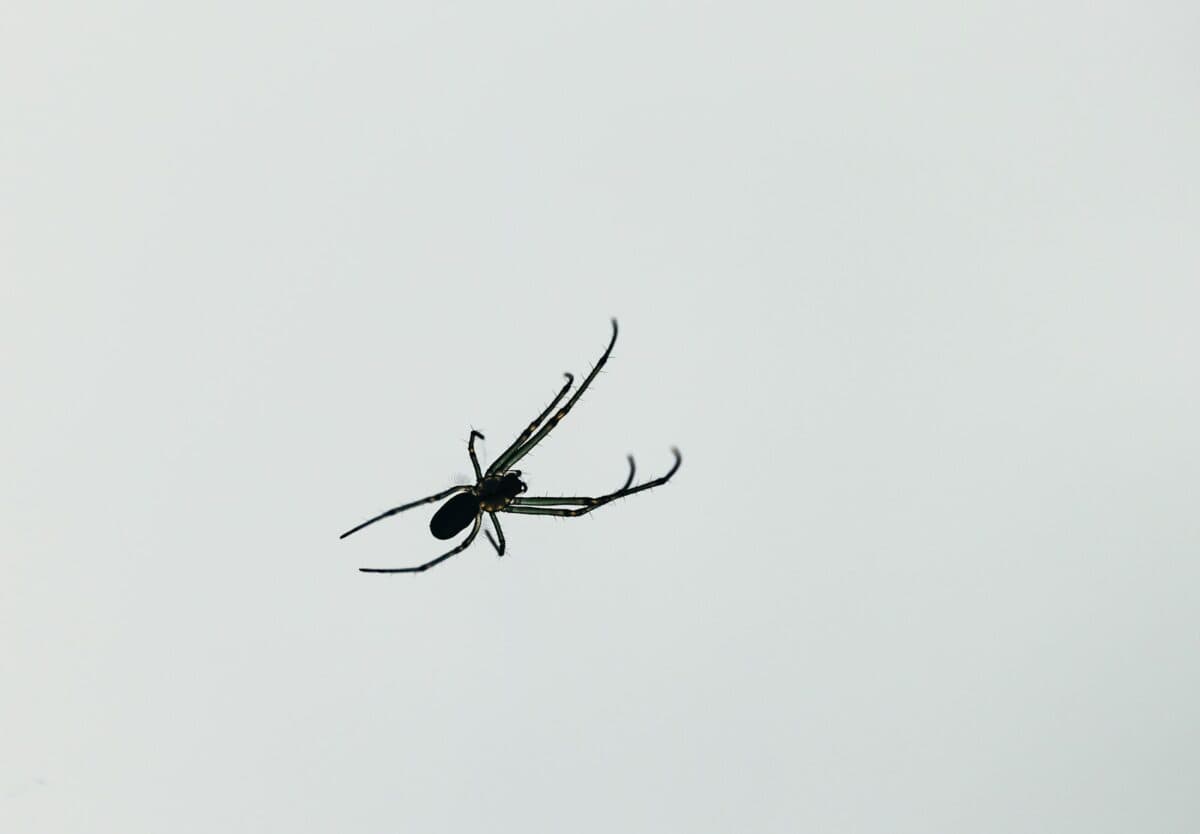
Scientists continue to study spider ballooning with sophisticated technologies. Recent research using vertical-looking radar has helped track spider movements high in the atmosphere, while controlled laboratory studies have increased our understanding of the electrostatic components of ballooning. Australian researchers are particularly interested in how climate change might affect ballooning behavior and whether altered weather patterns could lead to changes in spider distribution across the continent. Citizen science projects now encourage Australians to report spider rain events through smartphone apps, creating valuable datasets for researchers. Some scientists are even drawing inspiration from spider ballooning for technological applications, including the development of ultra-lightweight aerial sensors and environmental monitoring devices. As research techniques advance, our understanding of this fascinating natural phenomenon continues to deepen.
Misconceptions and Myths About Spider Rain
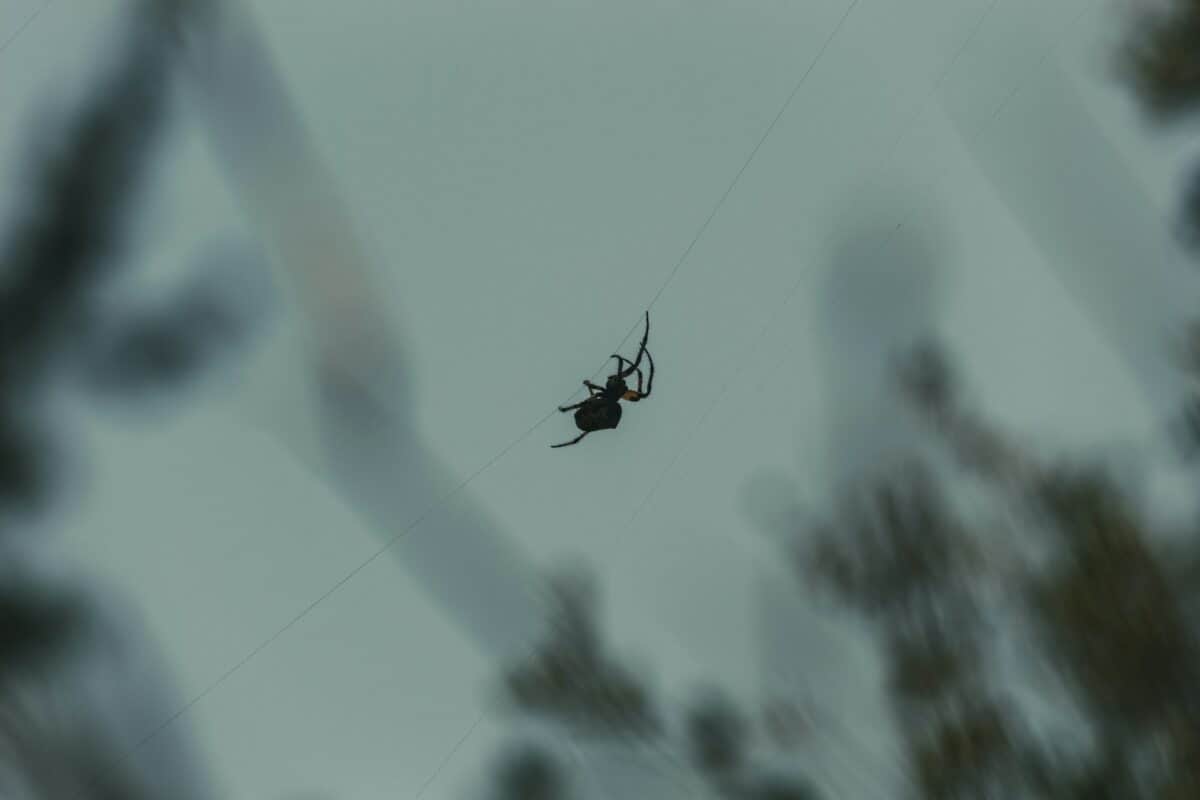
Numerous misconceptions surround spider rain in Australia. One common myth is that these events involve dangerous species like funnel-web or redback spiders—in reality, most ballooning spiders are tiny, non-venomous species. Another misconception is that spiders are being picked up and dropped by storm systems like tornadoes; while this can occasionally happen with other animals, true spider rain results from intentional ballooning behavior. Some believe spider rain is unique to Australia, when it actually occurs worldwide. Social media has amplified some misconceptions, with manipulated photos showing massive spiders descending on towns. There’s also a persistent urban legend that claims Australian authorities issue “spider rain warnings” alongside weather forecasts. While meteorologists may note conditions favorable for ballooning, formal spider rain warnings don’t exist as part of Australia’s official weather alert system.
Conclusion: The Fascinating Reality of Australia’s Spider Rain
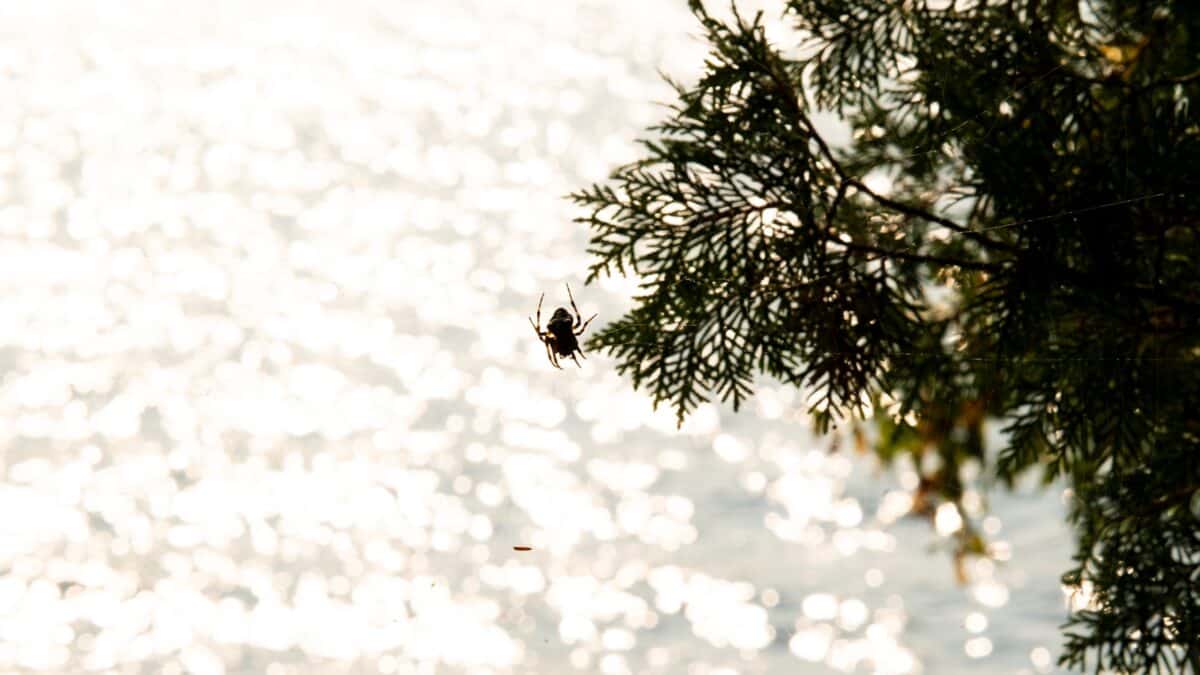
Spider rain in Australia represents one of nature’s most extraordinary phenomena, where ecological necessity meets remarkable biological adaptation. Far from being the horror movie scenario it might initially seem, these events showcase the ingenious ways spiders have evolved to disperse and colonize new territories. While certainly startling, especially to visitors unfamiliar with the phenomenon, spider rain provides important ecological benefits and offers scientists valuable insights into arachnid behavior and atmospheric dynamics. As climate change potentially alters the frequency and intensity of these events, continued research will be essential to understand their full implications for Australia’s ecosystems. The next time you hear about spiders raining from Australian skies, you can appreciate it not as a terrifying anomaly but as a fascinating demonstration of natural adaptation that has been occurring for millions of years.
- How Penguins Take Turns at Sea and Nest to Raise Chicks - August 9, 2025
- Dolphin Brains Compare to Those of Apes and Humans - August 9, 2025
- 14 Cutting-Edge Biotech Innovations That Will Shape the Future - August 9, 2025

